
In this lab, we will be completing a set of tasks that will help us develop a better understanding of the formation and parts of both transverse and longitudinal waves.
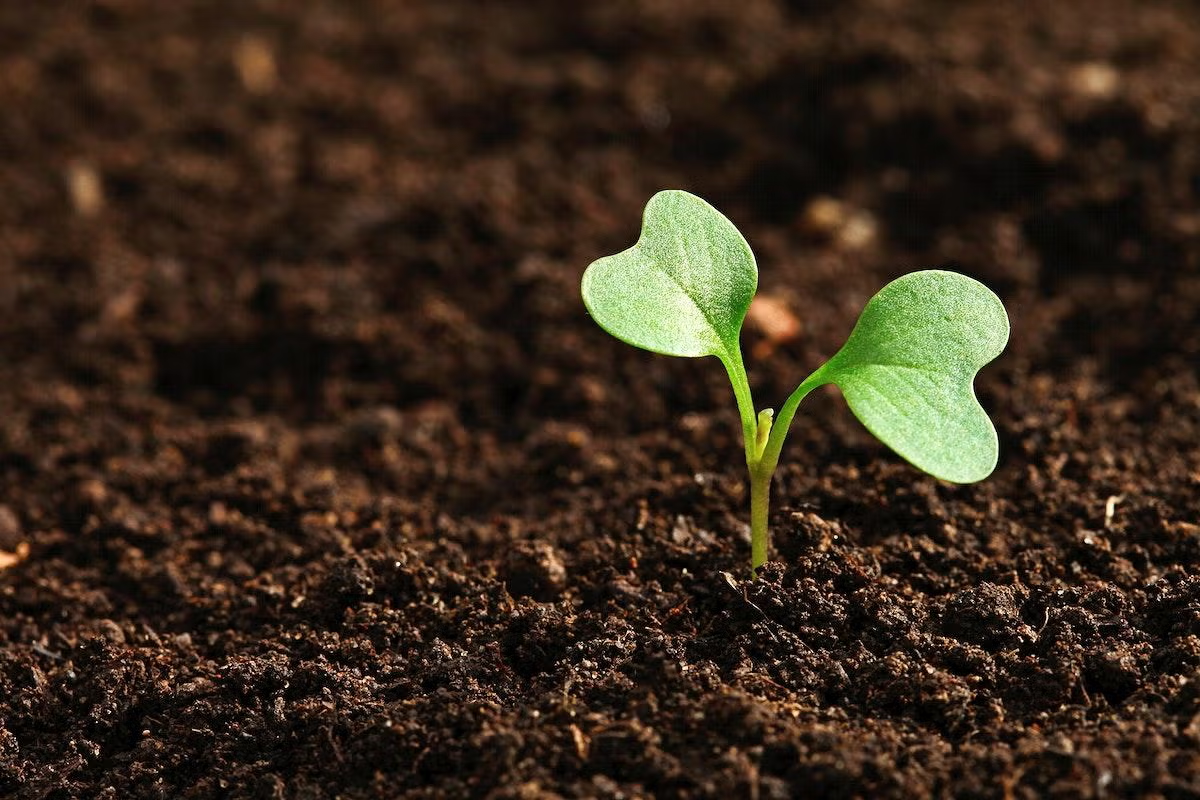
Students will go through the process of counting pumpkin seeds and analyzing data through mean, median and mode as well as creating correlating graphs. Students will learn what causes fruit
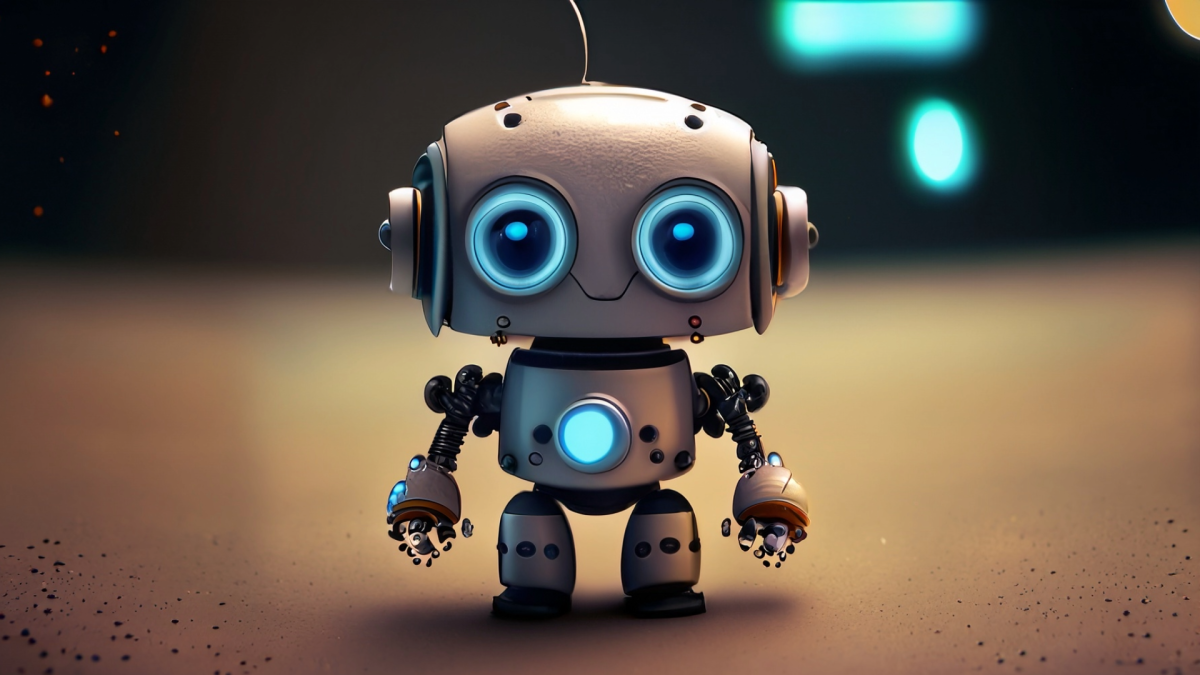
This lesson includes academic areas for ELA, math, and coding. The lessons are completed with students in small groups effectively using their collaboration skills to completed the assingments and

This unit will pair the popular game of Minecraft with the United Nations Sustainable Development Goals to develop a safe community for refugees and countries in crisis. Throughout the unit, you will
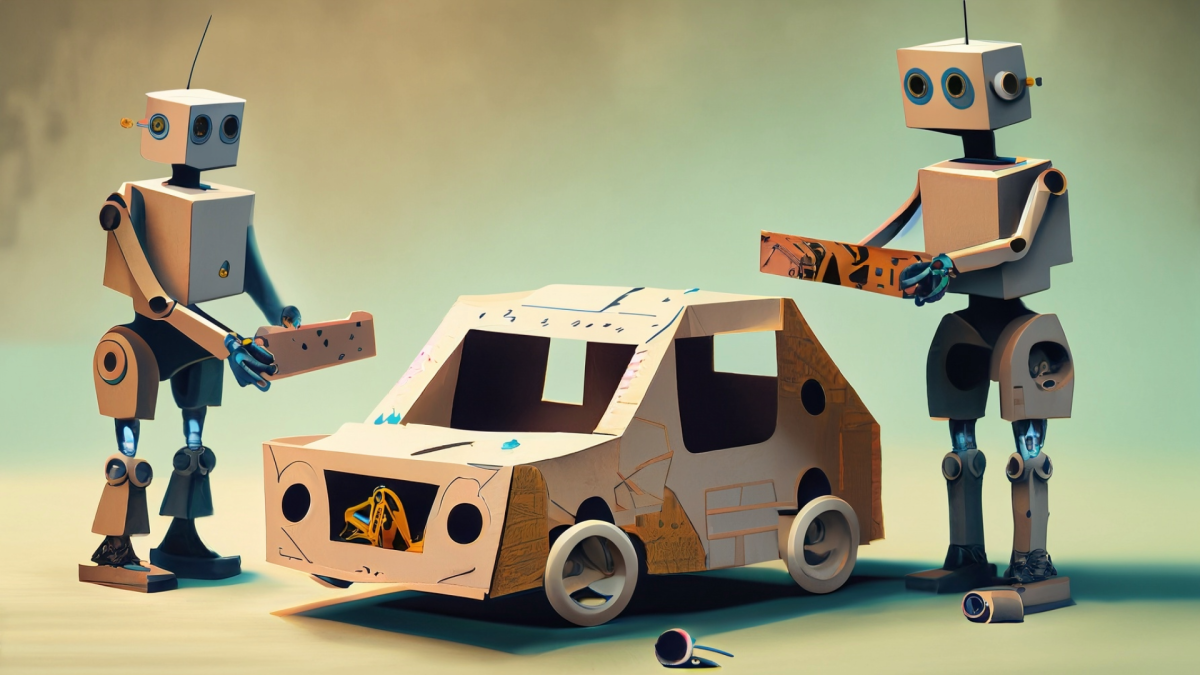
This is lesson 4 in a 4 part roller coaster project for 6th grade. In this lesson, students will create a news report on Canva to demonstrate the kinetic and potential energy in their roller coaster
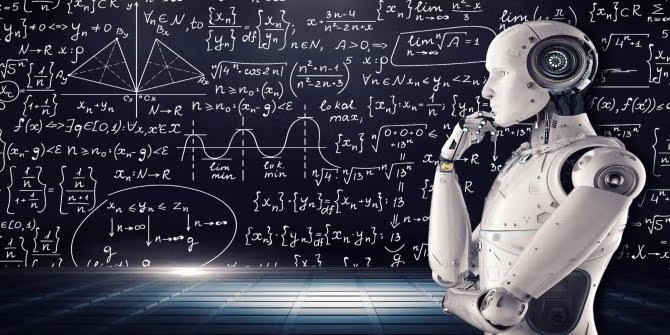
This is a smaller part of a larger Digital Citizenship Unit. Students will spend time understanding the concept of a Digital Footprint and the long term consequences of a negative Digital Footprint

In this lesson, students will extract chlorophyll from spinach leaves and make different concentrations following the dilution method. Students will learn to compare the absorbance values obtained at

This is a phenomena-based introduction to how emission spectra of elements and the connection to electrons and energy levels. Students first get to explore the emission spectra of several gases using
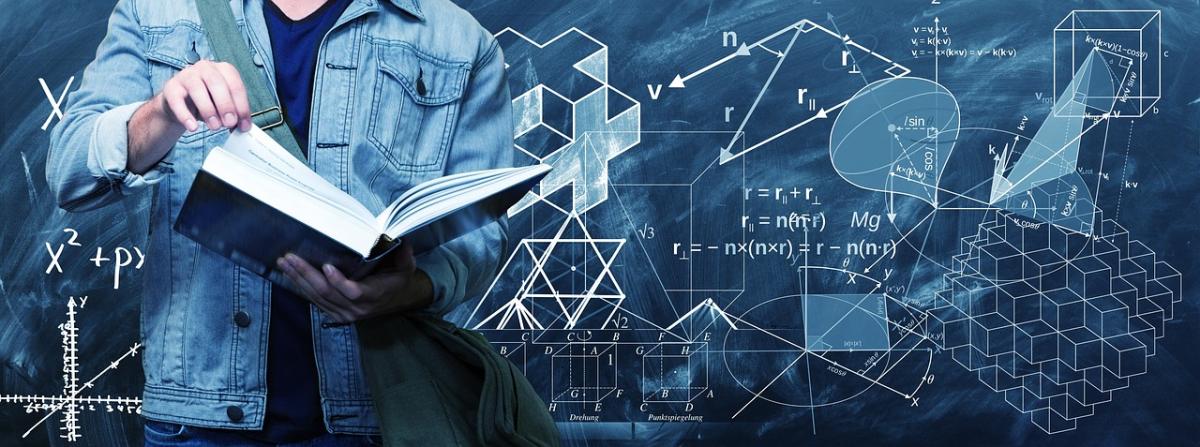
The math and research of hot cocoa. Students will find or use a teacher provided hot cocoa recipe and practice working with fractions to increase or decrease the recipe yield.

This interactive 4th-grade lesson plan focuses on erosion and weathering, key concepts in understanding Earth's geology. In "Dynamic Earth," students use an interactive simulation to explore how

This lesson is an activity to see what an angle is and how is can be used to approximate the time of day or even navigating vessels by measuring other celestial bodies. Students will use sextants to
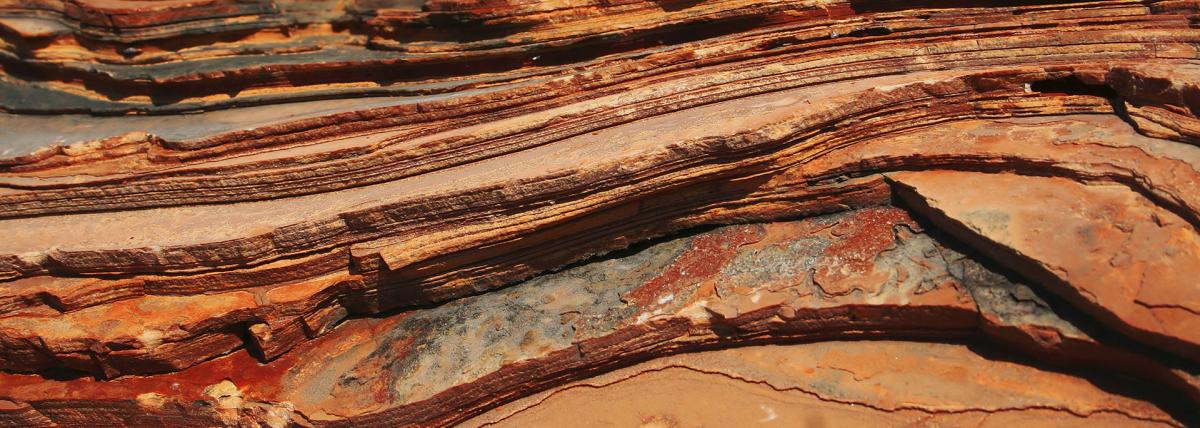
Explore Coal Mine Canyon's wonders! Watch a documentary, read about geology, draw the canyon, and use tech to learn about geological layers. Fun, interactive learning awaits!
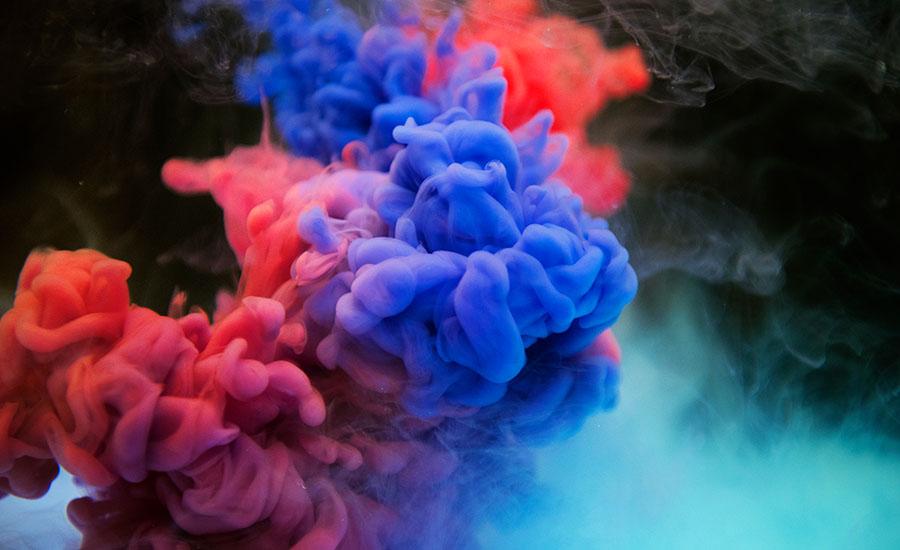
This lesson takes a student's understanding of both light and sound to the next level. In this lesson, students will use their understanding of both art, science and technology to create a visual and
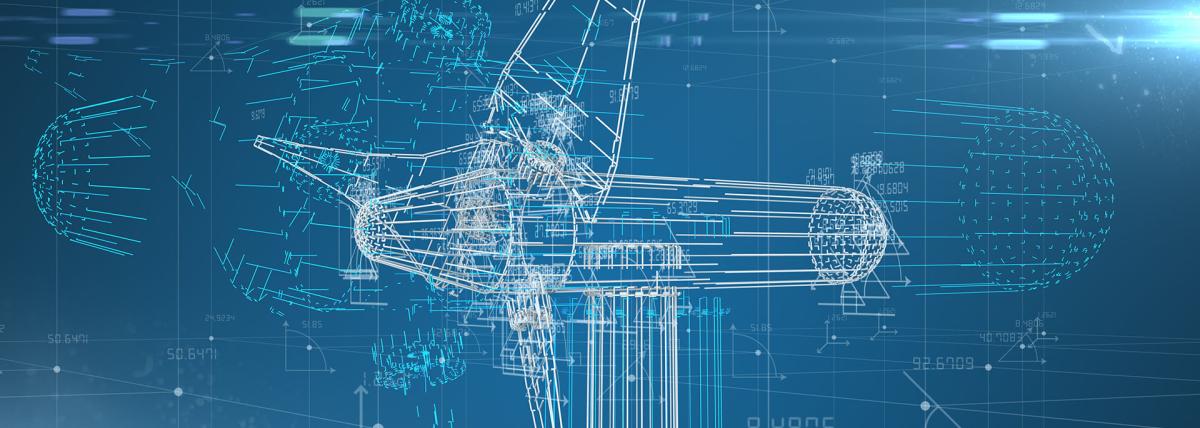
In this high school science/engineering lesson on exploring cracked steel, students will delve into the concept of cracked steel and its impact on structural integrity. They will define composites and

In this virtual reality frog dissection, students get to explore the anatomy of a female frog inside and out. The frog’s respective organs are scientifically accurate models to scale, allowing
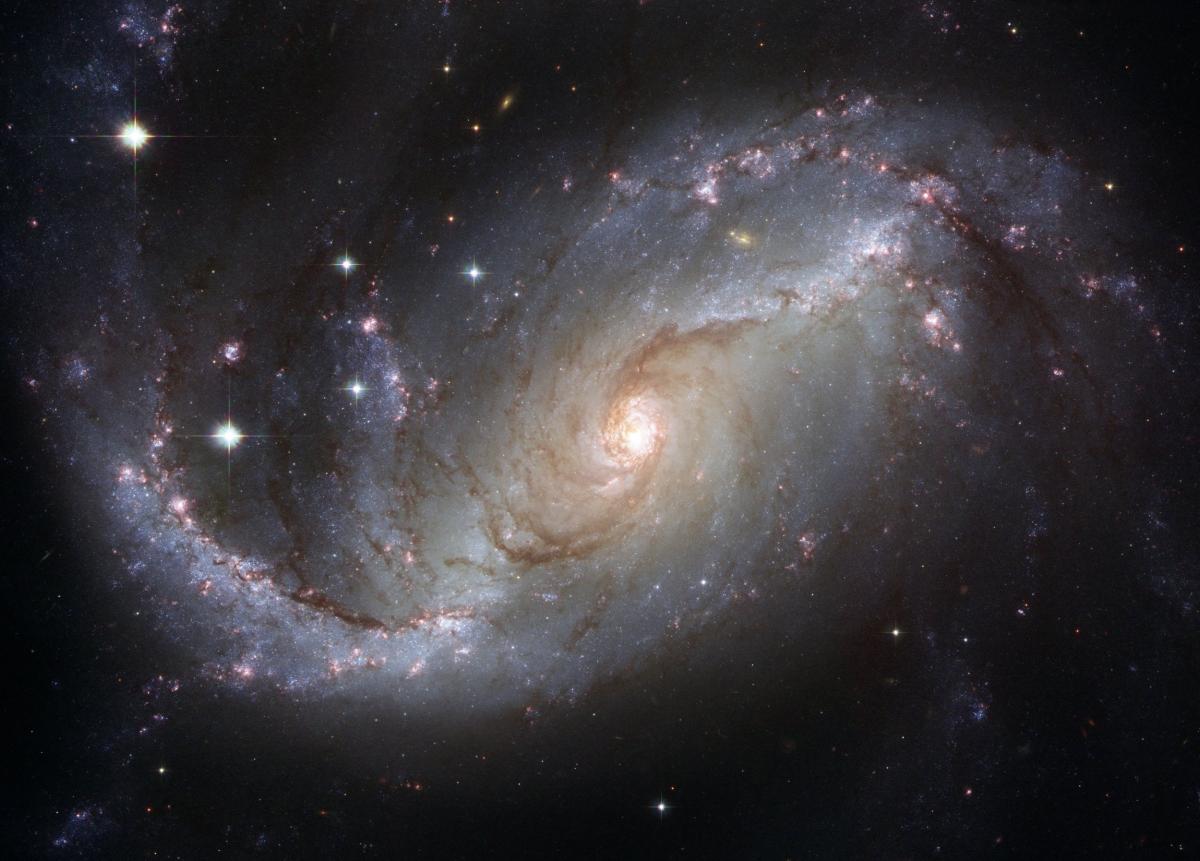
I use this lesson as a fun activity to visualize unit conversions and the immense scale of the universe. I love this lesson because I find it challenging to teach unit conversions with hands-on

This lesson is part one of two lessons. Students create a step-by-step guide on how to grow a plant from a seed. They must include the required materials, conditions, and steps involved.

This is part 2 of a 2 part series on reliable internet information. Students will learn great researching skills and not to trust everything online!
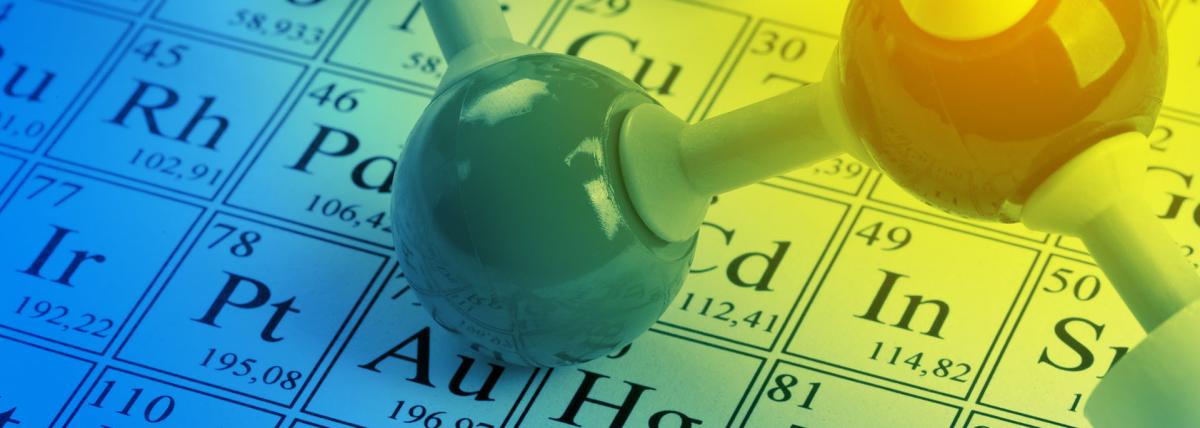
Students observe particle movement for solids, liquids, and gases. They then write Pseudocode for coding particle behavior and then they code particle movement on Scratch for the three states/phases

This lesson could be a Part II for the 3D modeling atomic theory lesson using Tinkercad, or this lesson can be delivered independently. In this lesson students fill out an atomic theory timeline and

On Day 3, students take their journey to the next level. After gaining insights into plant life cycles and the crucial role of pollinators in the first two days, they now get hands-on and creative. In

Students learn about atomic theory and the scientists that theorized new atomic models from experiments they conducted. Students then create a 3D model for each advancement in the theory timeline

Students will be divided into 6 groups, one for each of the major systems in the human body, and create a presentation to share with the rest of the class.

Students will focus sunlight through a pinhole onto a sheet of paper. Knowing the distance between the projection and the pinhole allows students to calculate the diameter of the Sun using ratios.


